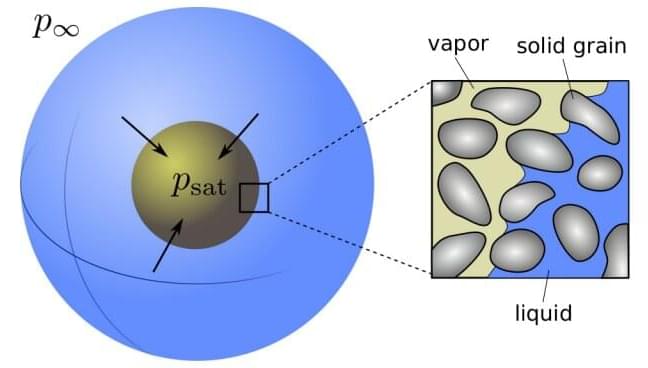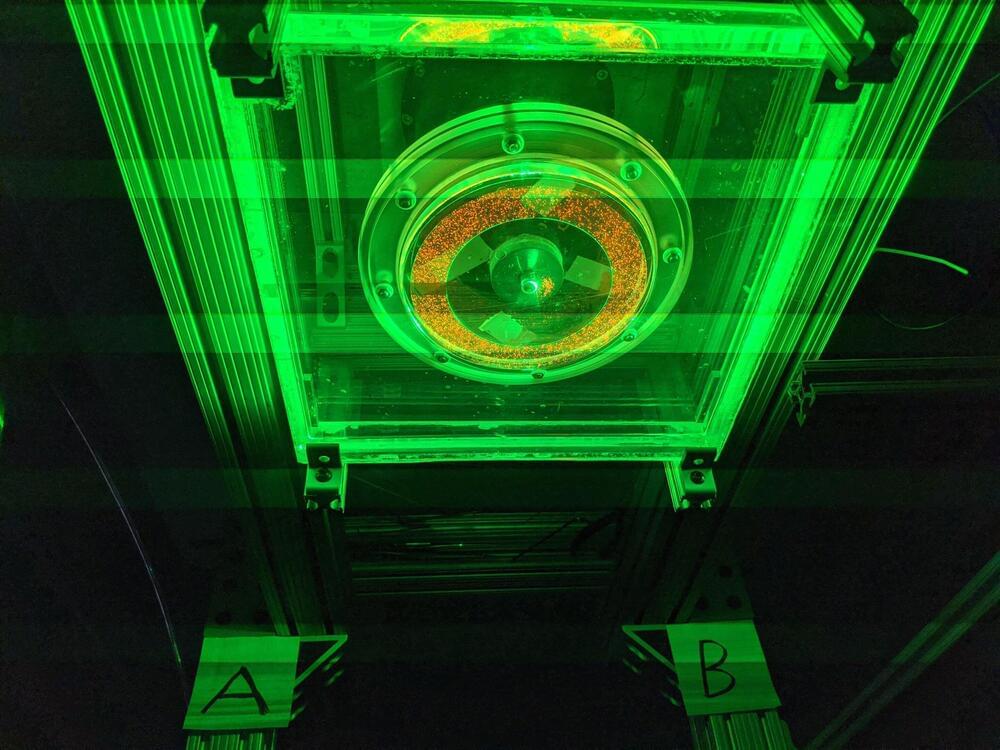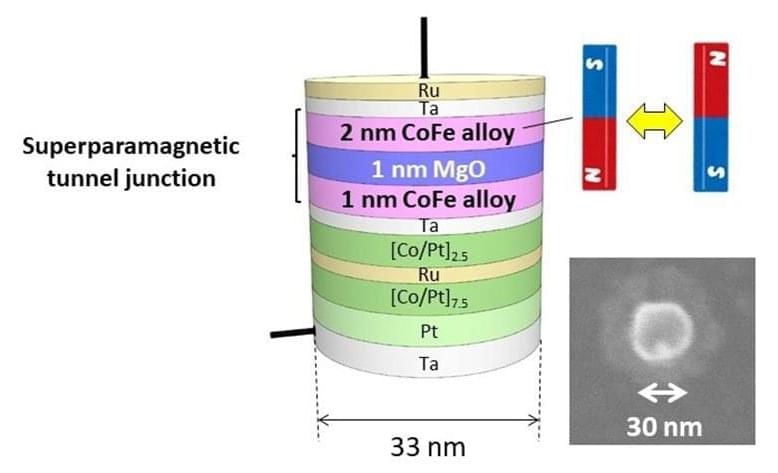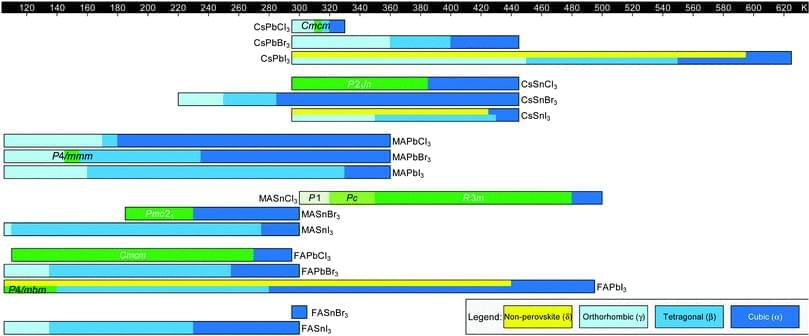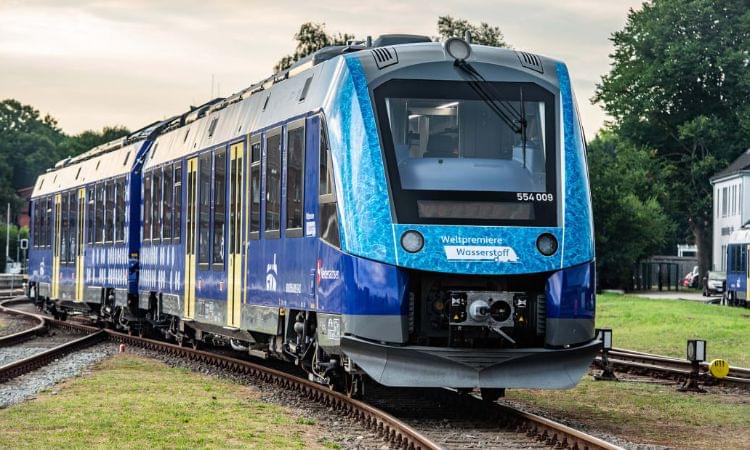Aug 30, 2022
Brain bubbles: Researchers describe the dynamics of cavitation in soft porous material
Posted by Saúl Morales Rodriguéz in categories: engineering, neuroscience
A tiny bubble popping within a liquid seems more fanciful than traumatic. But millions of popping vapor bubbles can cause significant damage to rigid structures like boat propellers or bridge supports. Can you imagine the damage such bubbles could do to soft human tissues like the brain? During head impacts and concussions, vapor bubbles form and violently collapse, creating damage to human tissue. Purdue University fluid mechanics researchers are now one step closer to understanding these phenomena.
“When a bubble collapses inside a liquid, it generates pressure shock waves,” said Hector Gomez, professor of mechanical engineering and principal investigator. “The process of forming a vapor cavity and its collapse is what we call cavitation.”
“Cavitation has been studied since the 1800s,” said Pavlos Vlachos, the St. Vincent Health Professor of Healthcare Engineering and director of the Regenstrief Center for Healthcare Engineering. “It’s a very complex field of study because it involves non-equilibrium thermodynamics, continuum mechanics, and many other factors on a scale of micrometers and microseconds. After hundreds of years of research, we are only just now starting to understand these phenomena.”
